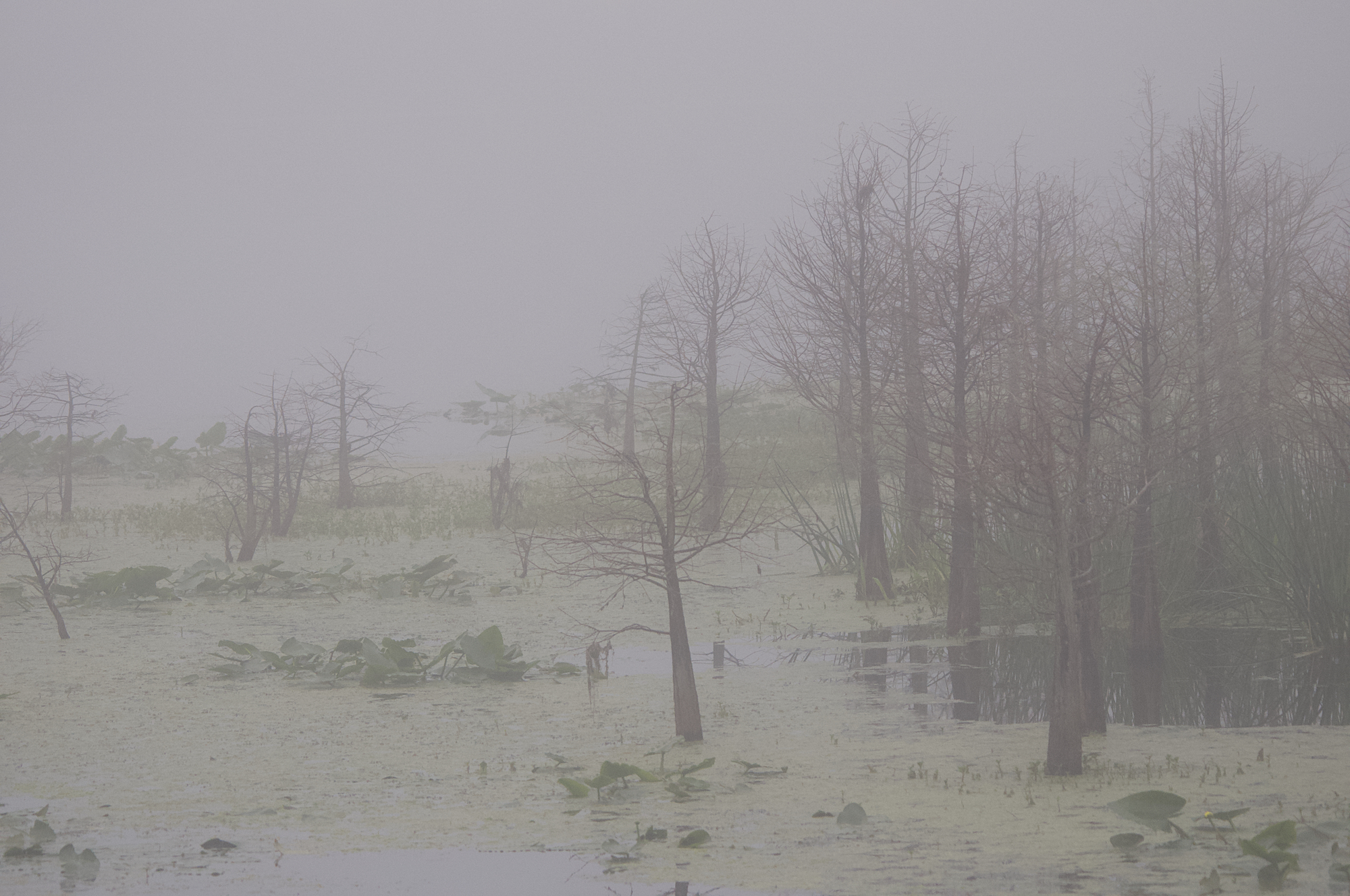
I grew up surrounded by the marshlands and bogs of the south. I was always captivated by the vibrant ecosystem that flourished within these wetland habitats. From the peat moss in the Bayhead running through my families property and the understory of a diverse array of plant and animal species that called these areas home. I spent countless hours exploring and observing the natural world around me.
As I grew older, my passion for the swampland and marsh only deepened, and I began to spend even more time exploring them and learning about the unique ecosystem it supported. I was particularly fascinated by peat moss. A dark wet dirt that at times acted like quicksand after a heavy rain.
Wetlands are some of the most vital ecosystems on the planet. They act as natural sponges, soaking up excess water and helping to prevent flooding. They are also home to a wide variety of plants and animals, providing habitat for countless species. And perhaps most importantly, wetlands play a crucial role in mitigating climate change by storing carbon emissions.
But it wasn’t just the plants that caught my attention. I was also captivated by the diverse animals that lived in and around the marshlands, from the majestic great blue heron to the elusive spotted salamander. I only found one after a few days of rain that created a temporary flow of water through the middle of the bayhead. I spent many hours watching and observing these creatures, marveling at their adaptations to life in the wetlands.
Now, as an adult, I am still fascinated by the marshlands, the swamps and woodlands, and the incredible biodiversity they support. I started photographing the things I saw at a very young age and have continued to do so to this day.
Overall, my childhood spent exploring the marshlands has had a profound impact on my life, and I will always be grateful for the lessons I learned and the memories I made in these magical places.
I recently picked up a book by one of my favorite authors, Annie Proulx. A book about Fen Bog and Swamp, and have been thoroughly enjoying learning even more about these incredible habitats.
In her new book, Annie Proulx takes readers on a journey through the history of wetlands, from the fens of 16th-century England to the Amazon rainforest. Along the way, she documents the systematic destruction of these ecosystems in the pursuit of profit.
One of the most striking examples Proulx describes is the Hudson Bay lowlands in Canada. In the 19th and early 20th centuries, this vast wetland was drained and converted into agricultural land, despite the fact that it was poorly suited for farming. The consequences were devastating: the land became degraded, and many species of plants and animals were lost.
But it’s not just the past that Proulx is concerned with. She also writes about the ongoing destruction of wetlands, particularly in the Amazon rainforest. As we continue to cut down trees and convert land for agriculture, we are depriving the earth of one of its most important carbon sinks.
In addition to the environmental consequences of wetlands destruction, Proulx also writes about the diseases that are spawned in these ecosystems. Malaria and Marsh Fever are just two of the illnesses that have been linked to wetlands degradation.
A sobering look at the past and present, Proulx’s book is a powerful reminder of the importance of wetlands and the urgent need to protect them.
As Bill McKibben writes, “this is an unforgettable and unflinching tour of past and present, fixed on a subject that could not be more important.”
If you get a chance get a copy of the book and let me know what you thought of it. I found it very interesting.

“A lifelong acolyte of the natural world, Annie Proulx brings her witness and research to the subject of wetlands and the vitally important role they play in preserving the environment—by storing the carbon emissions that accelerate climate change. Fens, bogs, swamps, and marine estuaries are crucial to the earth’s survival, and in four illuminating parts, Proulx documents their systemic destruction in pursuit of profit.”
Beautiful image and I loved reading about your memories of the wetlands of your youth. I haven’t spent much time in any wetlands. I can see I’ve been missing out!